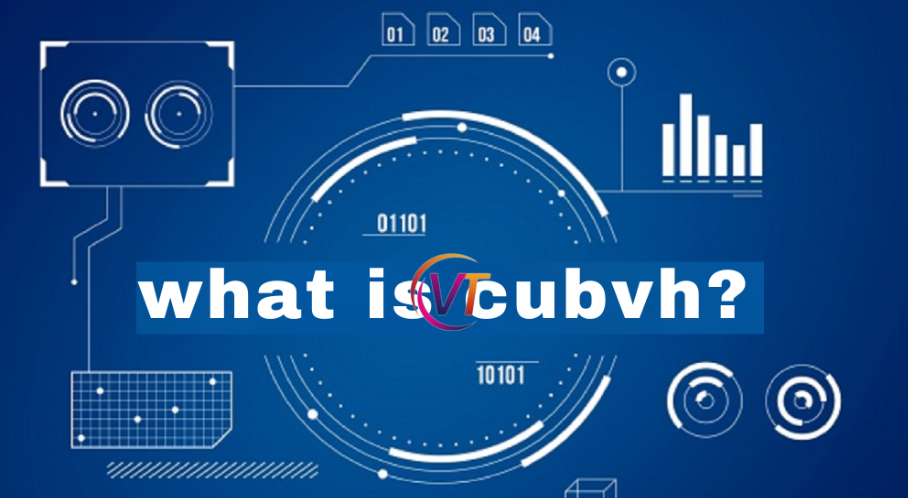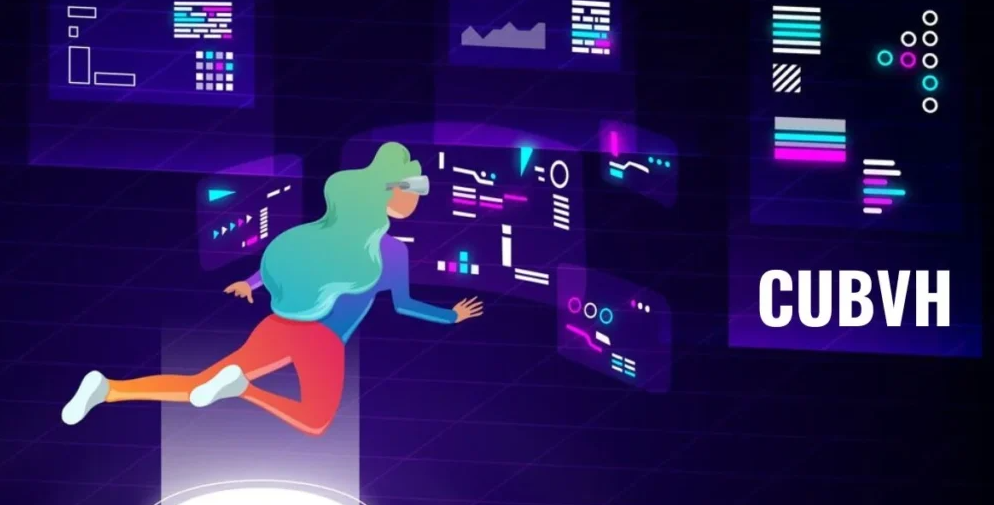Introduction:
Imagine stepping into a three-dimensional virtual environment that mirrors reality a space where you can explore create and interact seamlessly. This is the promise of cuBVH a powerful toolkit that revolutionizes how we perceive and engage with digital worlds. Whether you’re a gamer an architect or a visual artist cuBVH holds the key to unlocking new dimensions of creativity and efficiency.
The Birth of cuBVH
The letters “cuBVH” stand for CUDA Bounding Volume Hierarchy. But what does that mean? Let’s dive into the details.
Understanding cuBVH

What Is a Bounding Volume Hierarchy?
A Bounding Volume Hierarchy (BVH) is a data structure meticulously designed to accelerate ray tracing and collision detection algorithms. Think of it as a spatial organization system for 3D objects. By organizing objects hierarchically cuBVH efficiently culls non-visible elements allowing real-time rendering engines to focus on what matters most the visible geometry.
The Power of CUDA
CUDA (Compute Unified Device Architecture) is NVIDIA’s parallel computing platform enabling developers to harness the immense computational power of GPUs. cuBVH leverages CUDA to build and query BVHs making it lightning-fast and ideal for real-time applications.
Building BVHs with cuBVH
To create a BVH using cuBVH follow these steps:
- Load Your Mesh: Start with a 3D mesh (e.g. a model of a building a character or a landscape). Normalize the mesh to ensure consistent scaling.
- Initialize cuBVH: Instantiate a cuBVH object using the mesh vertices and faces.
- Query Ray-Mesh Intersections: cuBVH excels at ray tracing. Given rays (origin and direction) it swiftly identifies intersections with the mesh providing hit points and face IDs.
- Compute Unsigned and Signed Distances: cuBVH calculates distances from points to the mesh. Whether you need unsigned or signed distances (for watertight or non-watertight meshes) cuBVH delivers accurate results.
Setting Up cuBVH
To harness the power of cuBVH follow these steps:
- Installation: You can install cuBVH via pip or clone the repository locally.
- Mesh Preparation: Normalize your 3D mesh (e.g. using trimesh) before building the BVH.
- Querying: Use cuBVH to trace rays calculate distances and enhance your virtual experiences.
Sources and Further Reading
- GitHub Repository for cuBVH: Explore the code documentation and examples.
- The Runtime: What Is Cubvh?: A concise overview of cuBVH’s applications.
- Icy Canada: Mastering Cubvh: Dive deeper into advanced rendering techniques.
What are Some Real-World Applications of cuBVH?

cuBVH is a cutting-edge 3D virtual environment designed to serve as a digital counterpart to real-world spaces. Its applications span across multiple industries including:
- Engineering: cuBVH plays a crucial role in engineering simulations allowing engineers to visualize complex structures analyze stress points and optimize designs. Whether it’s designing bridges aircraft or mechanical components cuBVH enhances the understanding of spatial relationships.
- Interior Planning: Architects and interior designers leverage cuBVH to create realistic 3D models of spaces. By simulating lighting conditions material textures and furniture layouts they can make informed decisions before physically constructing a building or renovating an interior.
- Augmented Reality (AR): cuBVH powers AR experiences by seamlessly integrating virtual objects into the real world. From interactive museum exhibits to navigation apps cuBVH ensures that virtual elements align accurately with physical surroundings.
- Gaming: In the gaming industry cuBVH accelerates real-time rendering. It enables lifelike environments realistic shadows and efficient collision detection. Gamers can explore vast open worlds battle foes and immerse themselves in visually stunning landscapes.
- Scientific Visualization: Researchers and scientists use cuBVH to visualize complex data sets. Whether it’s simulating fluid dynamics exploring molecular structures or analyzing medical scans cuBVH provides an intuitive way to interact with intricate information.
- Virtual Reality (VR): cuBVH enhances VR experiences by rendering detailed environments at high speeds. From architectural walkthroughs to training simulations cuBVH ensures smooth interactions within immersive virtual spaces.
Frequently Asked Questions (FAQs)
What is the origin of Cubvh?
- The origin of the name “cuBVH” remains undisclosed adding an element of mystery to the project. The decision to keep its origin hidden adds an additional layer of intrigue to this innovative concept.
How does Cubvh impact the fashion industry?
- While cuBVH has significant ties to technology its impact extends beyond the digital realm. In the fashion industry cuBVH could revolutionize virtual fashion shows fabric simulations and personalized clothing design. Imagine virtually trying on outfits before making a purchase all powered by cuBVH.
In what ways does Cubvh influence daily life?
- cuBVH touches various aspects of our lives. From architectural visualization to gaming environments cuBVH enhances our understanding of spatial relationships. It also plays a role in augmented reality experiences interior design and scientific visualization.
Are there any challenges associated with Cubvh?
- While cuBVH offers immense potential challenges include optimizing performance ensuring accuracy in ray tracing and addressing ethical concerns related to privacy and data security.
What is the future outlook for Cubvh?
- The future of cuBVH is promising. As technology advances cuBVH will likely find applications in fields we haven’t even imagined yet. Its adaptability and versatility make it a key player in shaping the digital landscape.
I’ve answered your FAQs about cuBVH incorporating information from various sources. If you need more details or have additional questions feel free to ask!
Conclusion:
As we venture deeper into the virtual frontier consider this: How will cuBVH shape the future of interactive experiences?
Remember cuBVH isn’t just about pixels and polygons; it’s about transforming how we communicate collaborate and create within digital realms. So what will you build with cuBVH?




